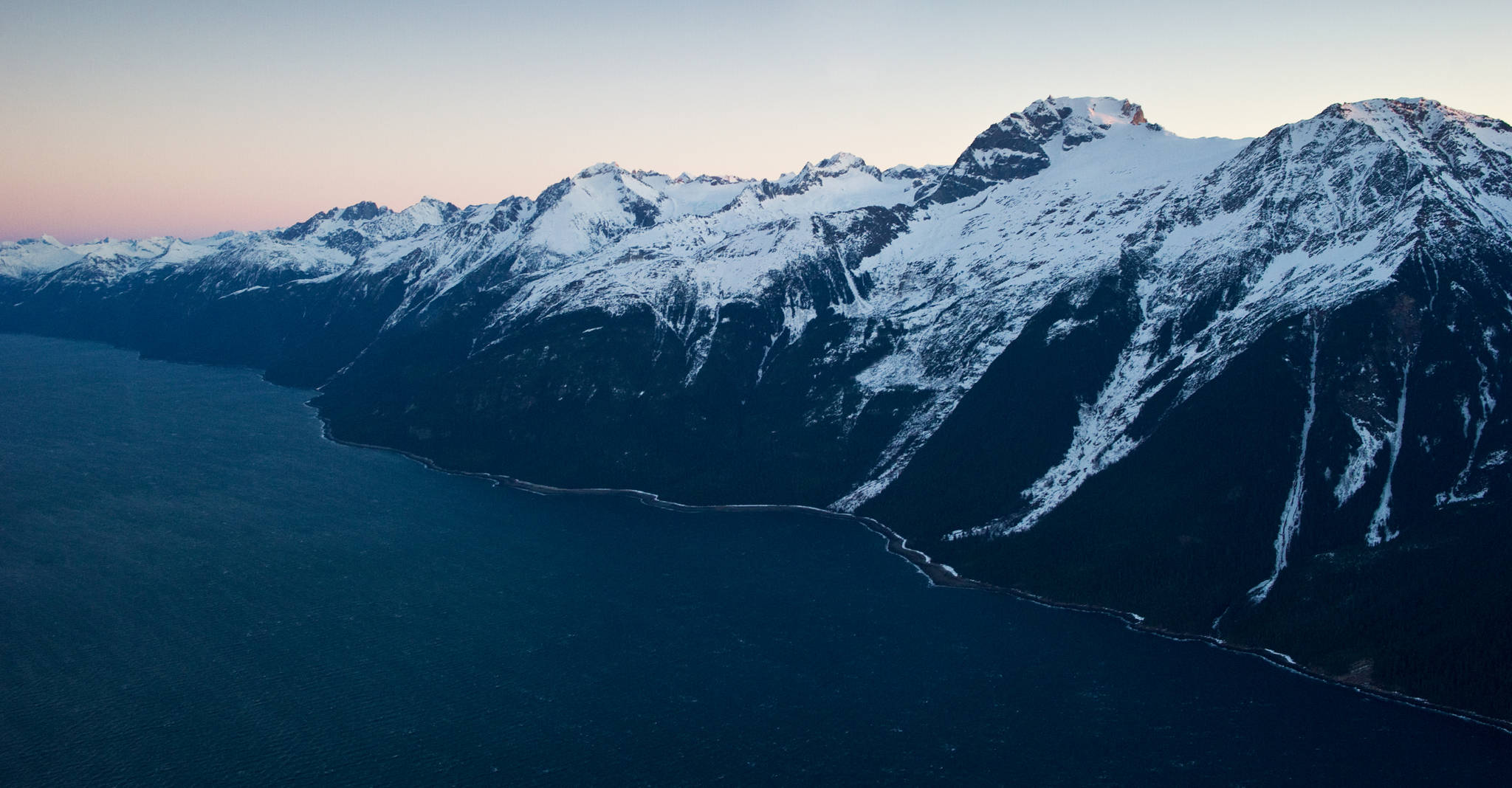A proposal to transfer $21.3 million into the accounts of the Juneau Access project stayed within the state’s $1.5 billion capital construction and renovation budget, even after Gov. Bill Walker reconfirmed his opposition to the effort last week.
The capital budget passed House and Senate shortly before the 30th Alaska Legislature adjourned early Sunday morning.
In December 2016, Walker said he would not build the project, which envisions a road north from Juneau to a new ferry terminal at the mouth of the Katzehein River. The project is intended to speed up transportation between Juneau, Haines and Skagway.
Despite Walker’s opposition, the project has ample support in the Alaska Legislature, and particularly the Alaska Senate, where Sen. Dennis Egan, D-Juneau, has been a longtime backer.
The portion of the capital budget dealing with Juneau Access reverses a transfer that the Legislature made last year.
Until last summer, the state had accrued $47 million in an account intended to pay the state’s share of the $574 million Juneau Access Project. After Walker’s decision, lawmakers spent $4.4 million on a school construction project in Arctic Alaska and diverted $21.3 million to other transportation projects in the Lynn Canal area.
Another $21.3 million remained in the project’s accounts.
According to the Alaska Department of Transportation and Public Facilities, the project’s environmental impact statement will be completed in August, and then the project will be suspended and its records filed.
Capital budget overview
This year’s capital budget is $1.474 billion, about $40 million higher than last year’s capital budget, according to figures provided by the Legislative Finance Division. Both last year and this year, lawmakers included a supplemental capital budget that spends additional money in the current fiscal year instead of the fiscal year that starts July 1. Last year, lawmakers put $37.8 million in the supplemental capital budget; this year, the supplemental capital budget was $34.6 million.
Supplemental spending is much higher this year, however, because lawmakers also approved an $110.2 million “fast-track” supplemental budget in March, and they included another $78.2 million in supplemental operating budget money in the capital budget this year. That didn’t exist in last year’s capital budget.
Most of this year’s capital budget is funded by the federal government. Of the $1.5 billion capital budget and supplemental capital budget, $1.1 billion will come from the federal government.
The Alaska Department of Transportation and Public Facilities is by far the greatest beneficiary of the capital budget, receiving more than $1 billion. The Alaska Department of Commerce will receive more than $100 million, as will the office of the Governor, which is managing several statewide projects.
Education funding boosted
Within the capital budget is an additional $20 million for education funding. The money, inserted by House lawmakers, will be distributed in one-time grants to school districts across the state. The grants will be spread on a per-student basis. The $20 million amounts to $80 per student. That is less than House lawmakers had sought but more than the Senate had proposed.
The one-time increase will be followed by another increase next year. Next year’s increase is included in House Bill 287, which provides for a one-time funding boost equivalent to $114 per student.
The state currently provides $5,930 per student, with greater amounts for students with special needs, rural schools and smaller schools.
Money for ferries
The capital budget provides a $20 million deposit into the Alaska Marine Highway System Fund from the state’s general revenue and another $8.7 million deposit from the fund that collects taxes on gambling aboard cruise ships.
In recent years, the Alaska Legislature has repeatedly tapped the fund for general operations, causing its balance to dwindle. The new deposits partially reverse those declines.
The state’s operating budget provides a small increase in ferry system funding as well.
Tourism help arrives
Tourism marketing will receive $3 million in the capital budget, money made necessary after the failure of a special tax levied on the state’s tourism businesses. House Bill 383, sponsored by Rep. Jason Grenn, I-Anchorage, and creating a system like the Alaska Seafood Marketing Institute (but for tourism) failed to advance through the House after being proposed in February.
With that bill’s failure, the state risked having no money for tourism marketing, something that could have forced the shutdown of the state’s tourism website and other advertising efforts. The money will go to the Alaska Travel Industry Association, which coordinates tourism marketing for the state. The money will come from the state’s general revenue.
• Contact reporter James Brooks at jbrooks@juneauempire.com or 523-2258.

